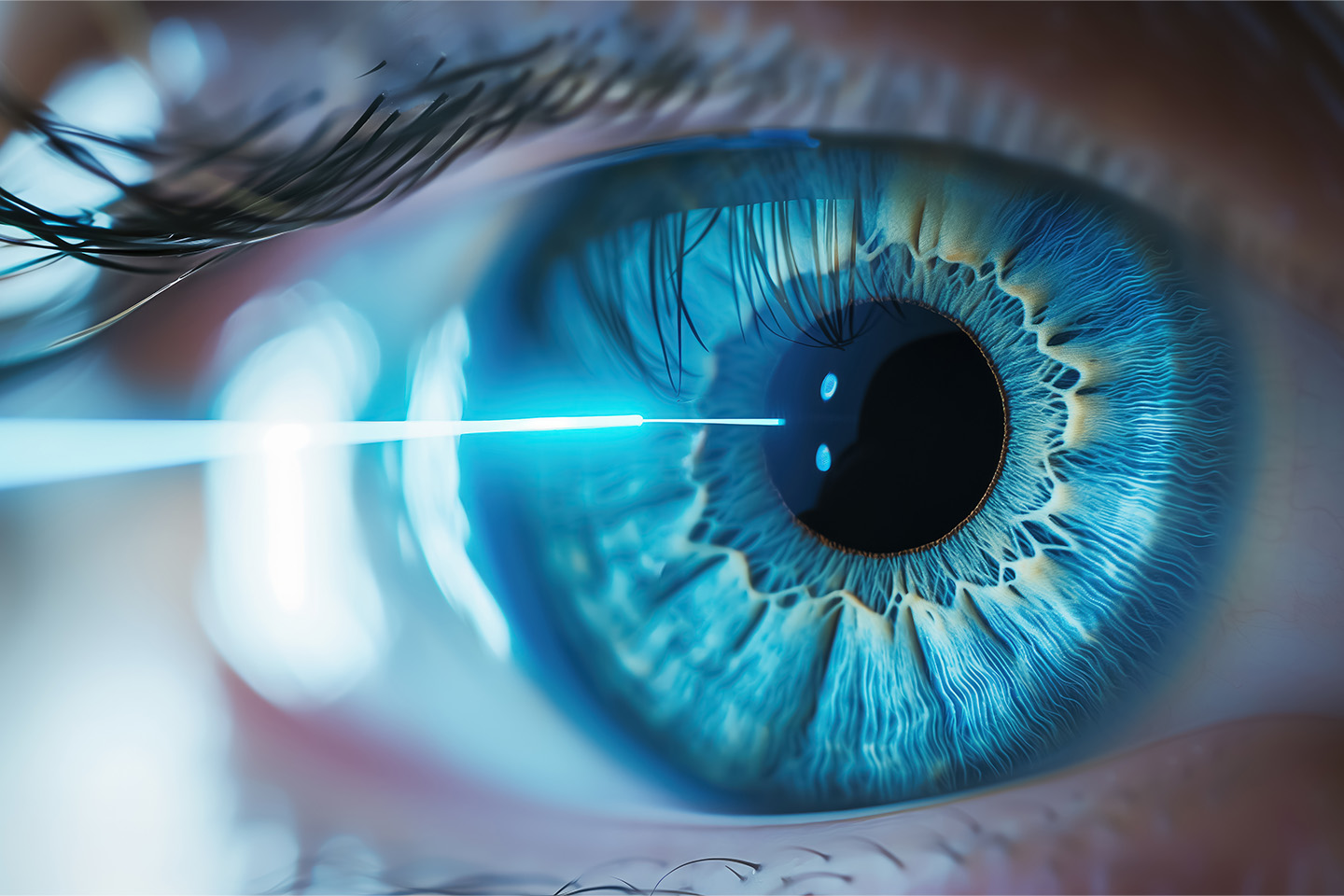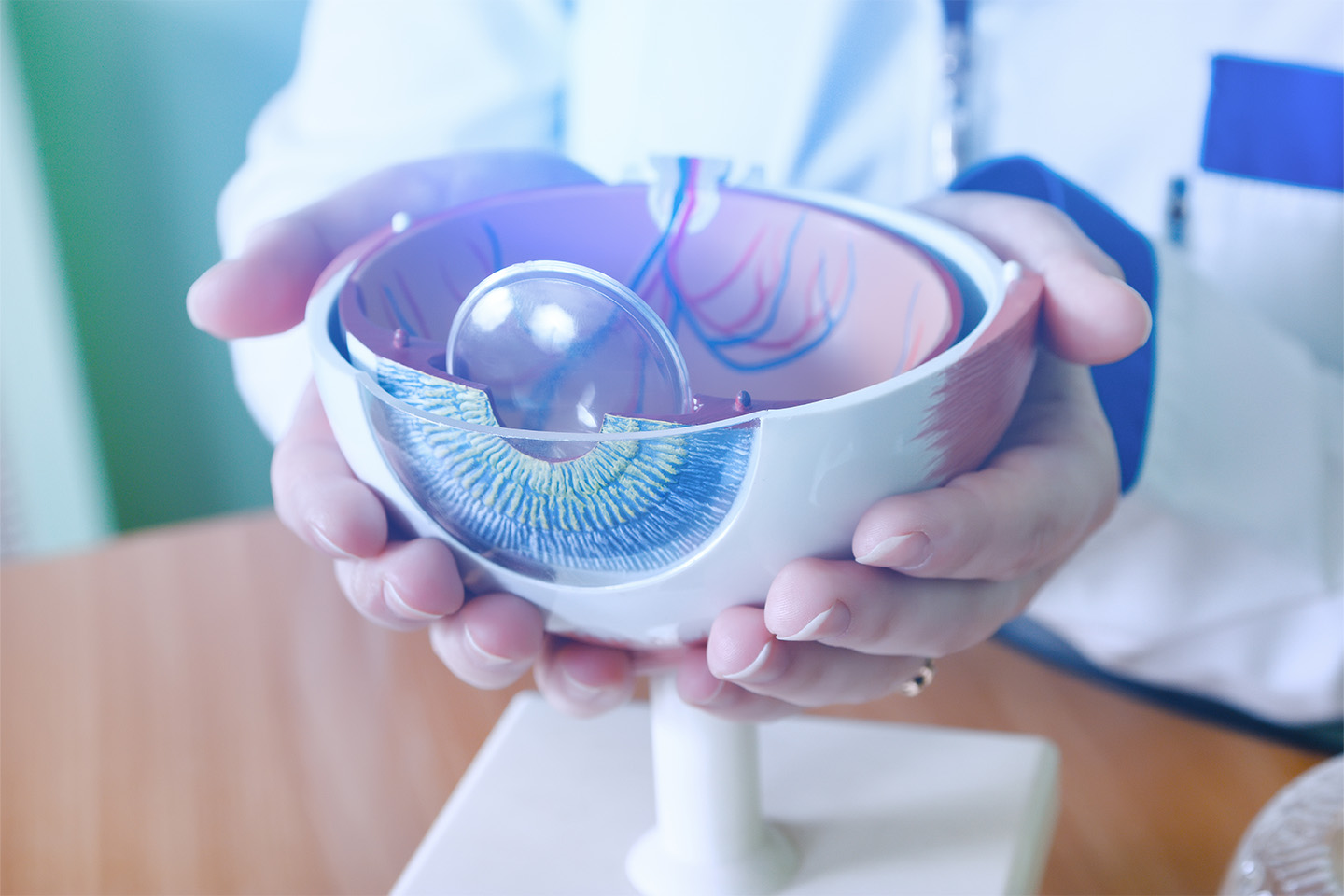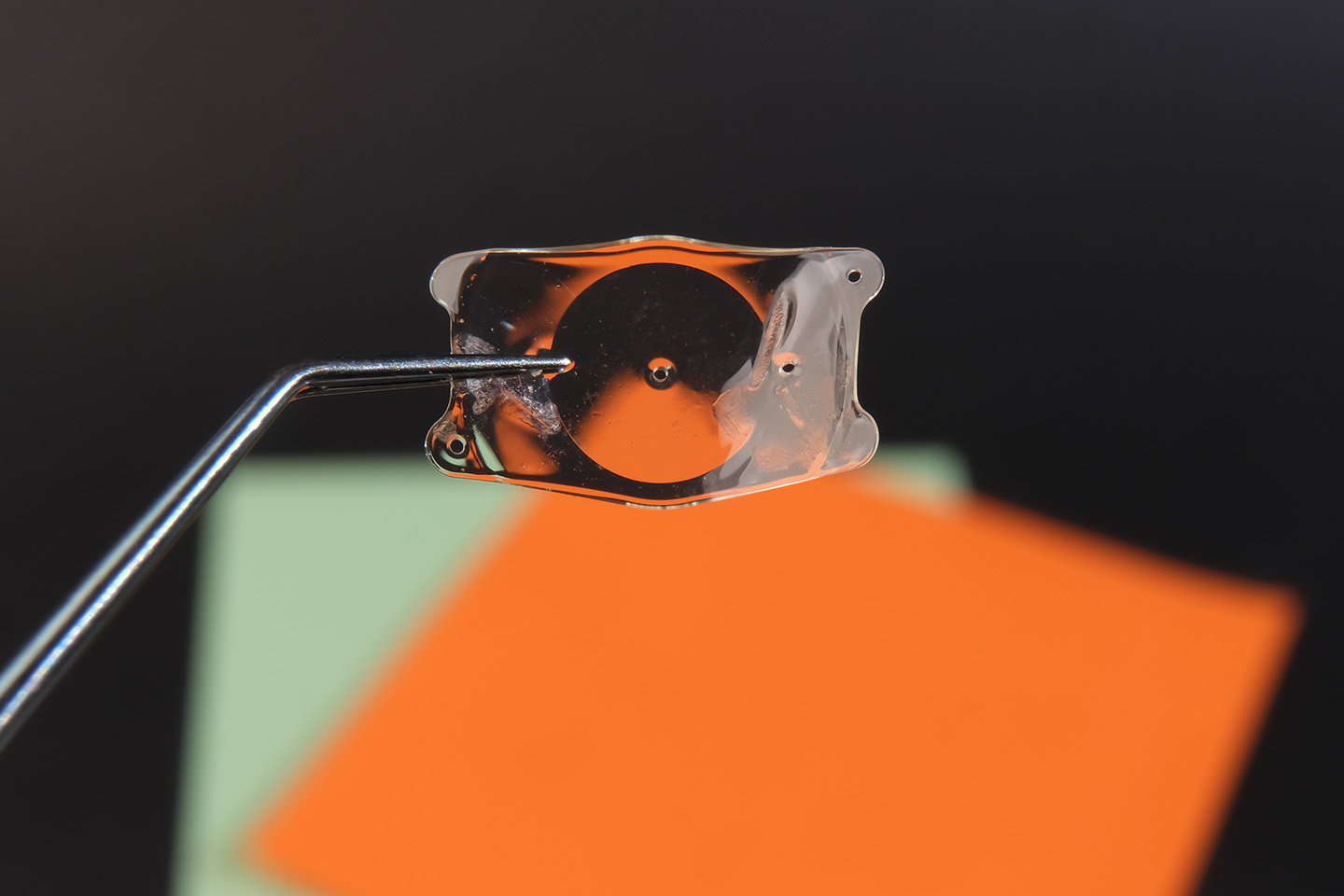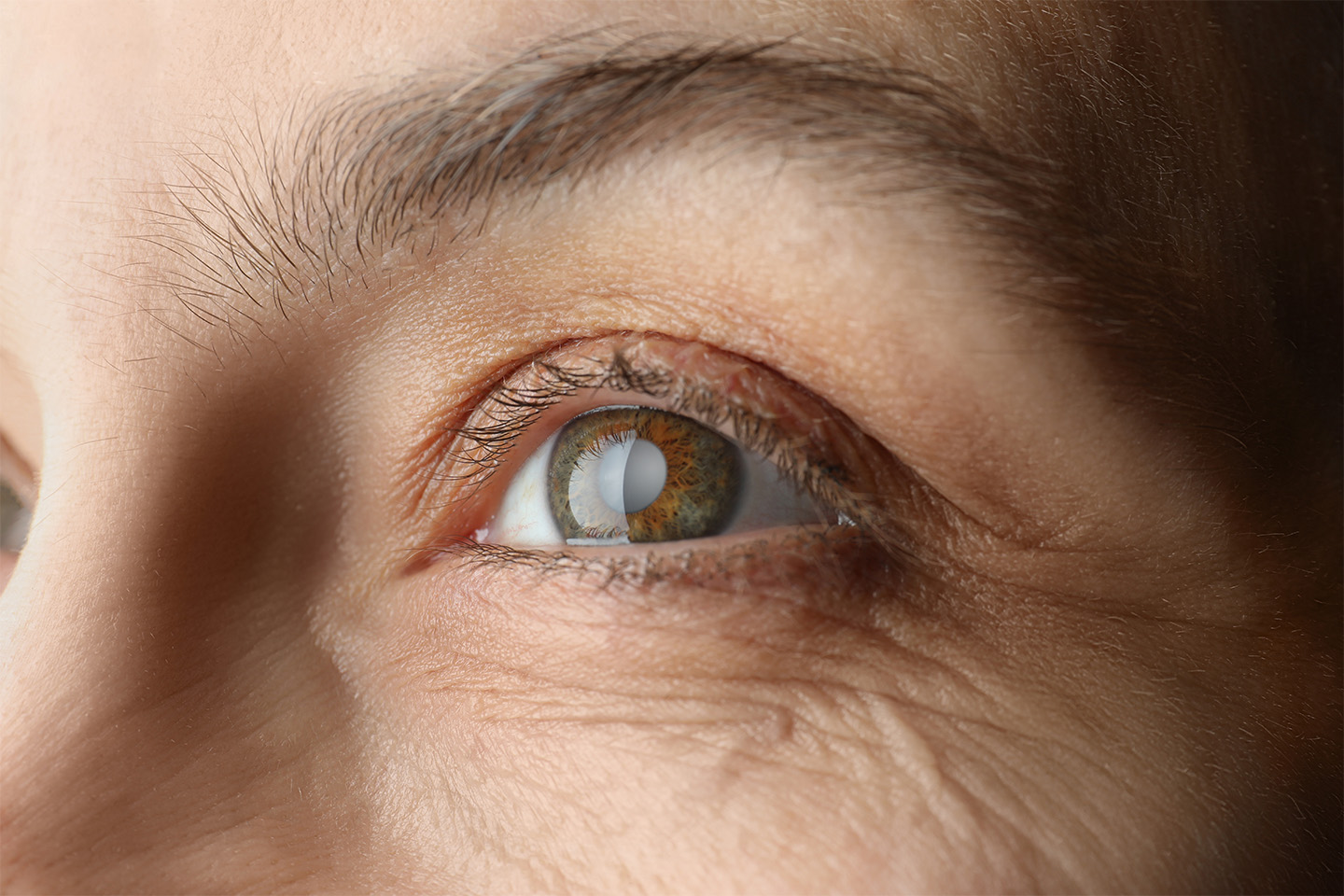What Researchers Want to Know About Keratoconus
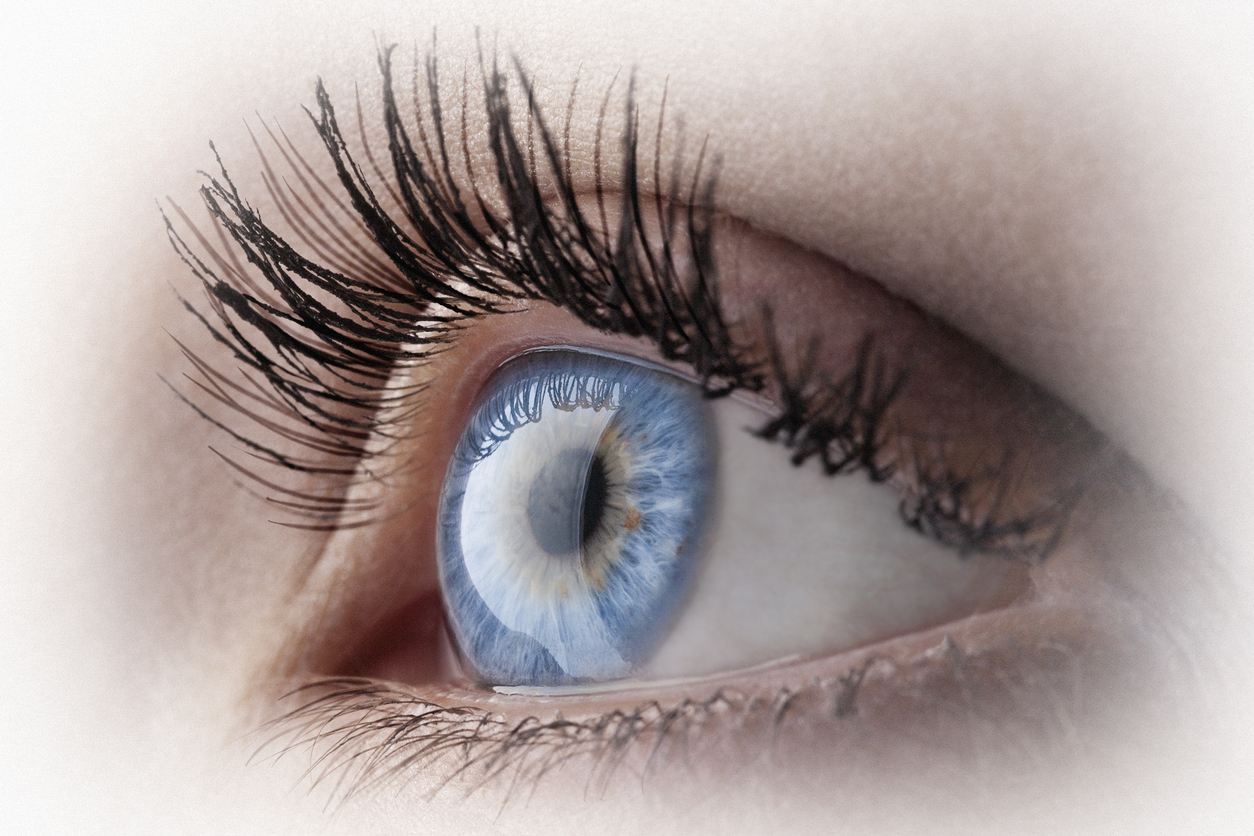
A new research grant may indicate that a cure is on the horizon for keratoconus, a mysterious eye condition.
Keratoconus, a mysterious eye condition that affects roughly one in every 2,000 people, has long eluded researchers. While theories persist about its cause — from genetics to excessive eye rubbing — no definitive answers exist. However, that may be soon to change: the National Eye Institute has granted the Medical College of Georgia a $2.1 million grant to research the rare condition.
Keratoconus is characterized by a cornea that bulges out like a cone, rather than the usual rounded dome shape. It tends to first appear during the teenage years, and the change in shape can occur quite quickly or gradually over several years. Over time, keratoconus can result in blurred vision, halos, glare, and streaking lights — which is why researchers are broadening efforts to identify its cause to help address the problem.
Understanding Keratoconus
In healthy eyes, tiny protein fibers called “collagen” hold the cornea in place and help it maintain its round shape. When these fibers weaken, however, the cornea tends to become increasingly cone-shaped — which is the hallmark symptom of keratoconus.
While the definitive cause of keratoconus remains unclear, it’s known that a decrease in protective antioxidants in the cornea weaken the eye’s collagen fibers. The cells in the cornea naturally produce damaging byproducts that antioxidants clear out, but when antioxidant levels get too low, the collagen weakens and the cornea bulges into a cone shape.
In addition to low antioxidant levels, genetics have been tied to keratoconus. It appears to run in families, as people with a parent with the condition are at greater risk of developing it themselves. Allergies are another suspected cause; chronic eye rubbing due to allergic irritation may weaken the eye’s fibers.
Typically, keratoconus develops in one eye at a time, though it almost always eventually strikes both. The most common effect of keratoconus is impaired vision, but over time, the stretched fibers can create severe scarring or even tearing of the cornea. If the condition is very severe, patients sometimes require a corneal transplant. LASIK is considered unsafe for people with keratoconus, as it can further weaken the cornea.
If you have keratoconus that isn’t severe enough to warrant a corneal transplant, it’s likely that your doctor will recommend new eyeglasses or contact lenses to correct your distorted vision. There are also a few treatments that have been shown to help patients with keratoconus, including a procedure called cornea collagen overlinking and a laser procedure called PTK.
Stopping Keratoconus in its Tracks
If you have keratoconus, the best thing you can do for your vision is take measures to prevent it from worsening. You can talk to your doctor about specific treatment options that are right for you, but there are also general steps every keratoconus patient can take to safeguard their vision. For one, you should avoid rubbing your eyes — though it’s not known if eye rubbing causes the condition, it has been linked to its progression.
You should also get frequent and lifelong eye exams to ensure that your condition isn’t progressing. If you have keratoconus — or suspect that you have keratoconus — contact ICON Eyecare to help address your condition. While the eye care community awaits a definitive cure, everyone with keratoconus should take steps to ensure that their vision doesn’t continue to deteriorate. Schedule an appointment today.
[DISPLAY_ULTIMATE_SOCIAL_ICONS]



